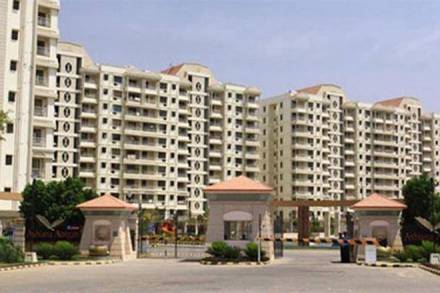The prices of ready-to-move-in (RTM) properties becoming as cheap as those of under-construction (UC) homes may be good news for home buyers, but it may spell trouble for small builders/promoters. As ready-to-move-in properties have several benefits over under-construction homes – like saving in rent payout by readily moving to the new house, no GST, no uncertainty regarding completion period or escalation in price due to delay in construction, no uncertainty over tax benefits on home loan due to delay etc – people try to buy homes having completion certificate, unless under-construction properties are comparatively very cheaper.
“Previously, the ultimate selling proposition of under-construction homes was significantly lower prices over ready-to-move options,” says Anuj Puri, Chairman – ANAROCK Property Consultants.
“The RTM premium was primarily on the ‘instant gratification’ quotient, immediate freedom from rent and zero construction risk. In the last two years, the price gap between these two categories has eroded. In 2017, the price gap in the top 7 cities was anywhere between 8-12 per cent; this reduced to 5-9 per cent in 2018 and sank further to 3-7 per cent in 2019. Along with the other benefits that ready homes provide, they attract no GST,” he added.
However, for home buyers without sufficient lump sum money to make the required down payment at one go, under-construction homes provide some room to pay in installments. Similarly, for cash-starved builders/promoters, getting money in installments provide much-needed liquidity to continue with construction activities.
With the under-construction homes losing the cost advantage, most home buyers, however, would prefer to go for ready-to-move-in properties leaving the under-construction segment out in cold.
As the flow of hard cash has dried up after the demonetisation and easy loans become unavailable due to NBFC liquidity crisis that was triggered by the IL&FS fiasco, discontinuation of regular cash flow to under-construction homes would make taking up new projects unviable for small players, who don’t have deep pockets.
